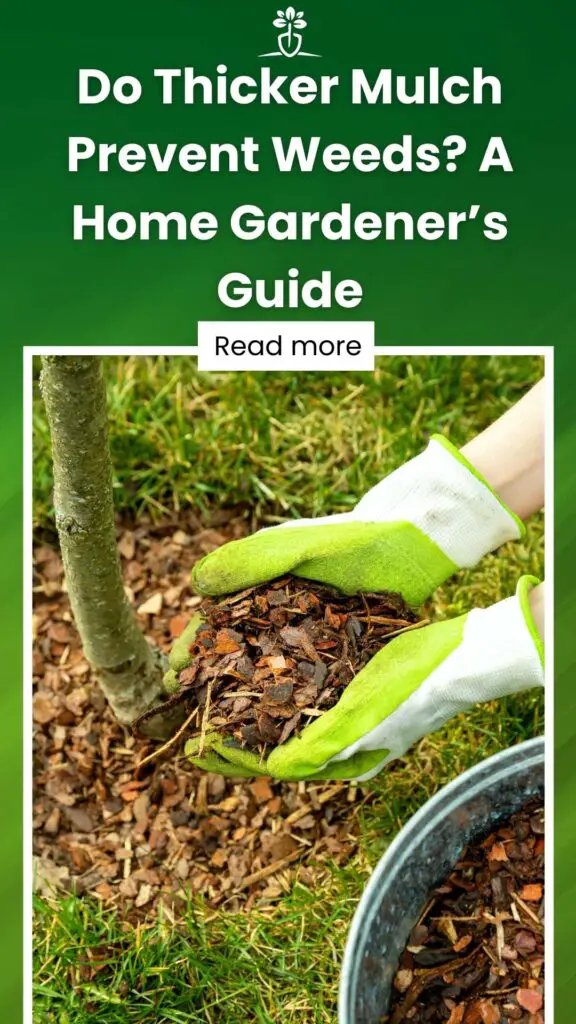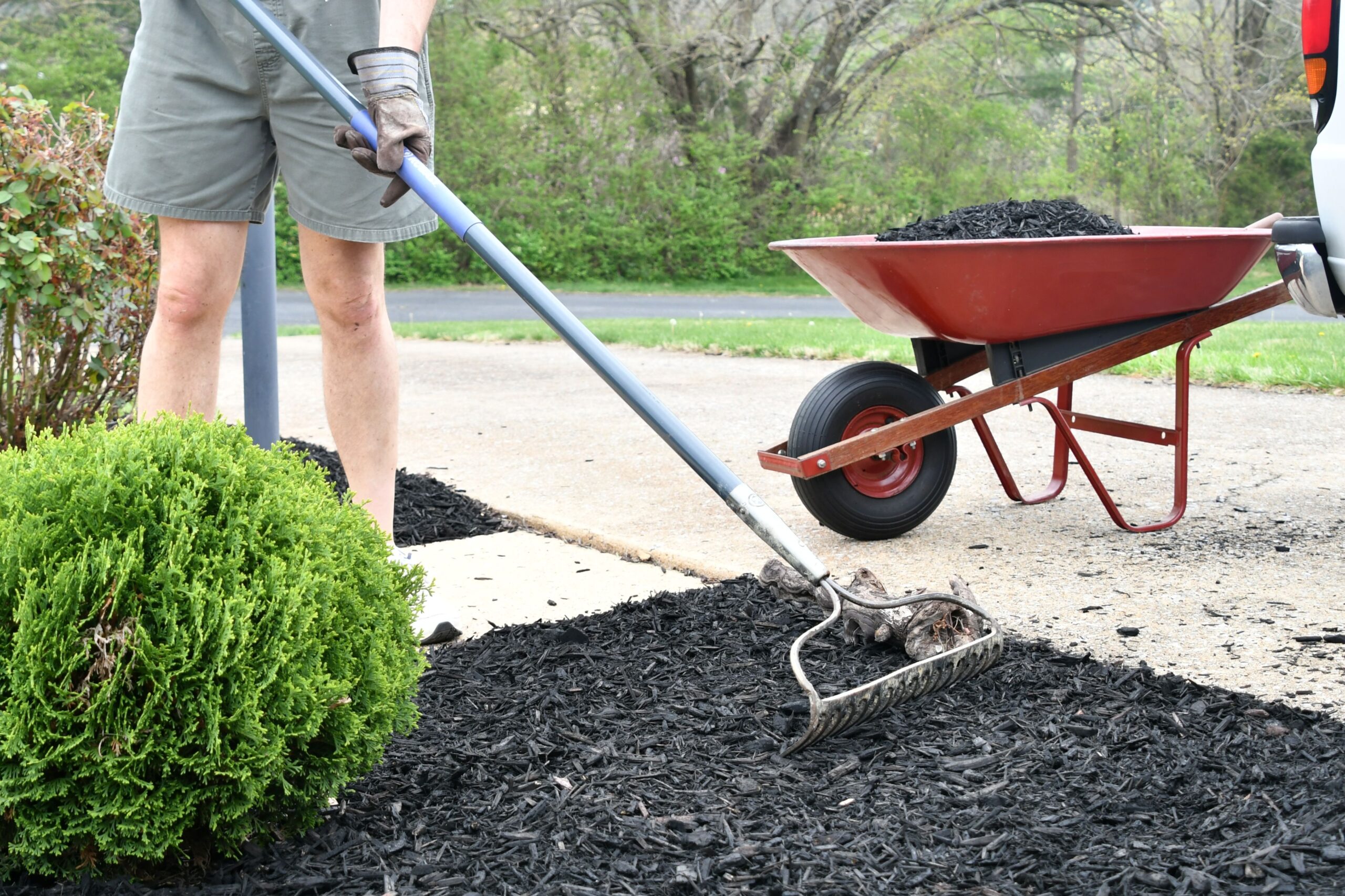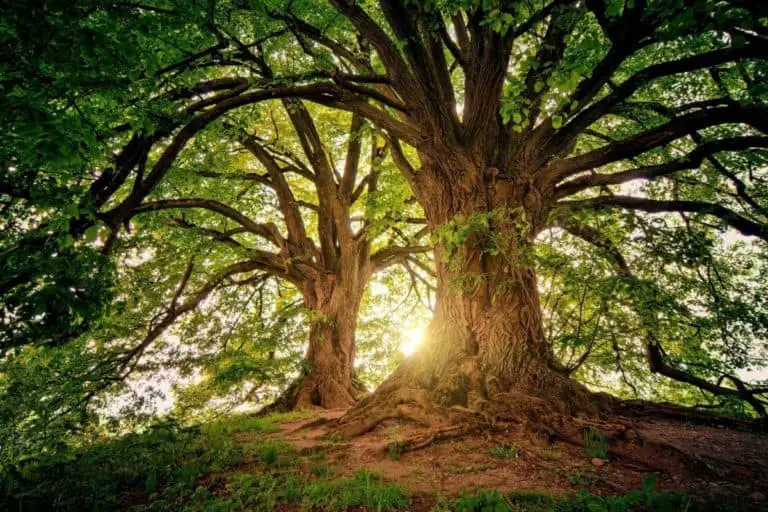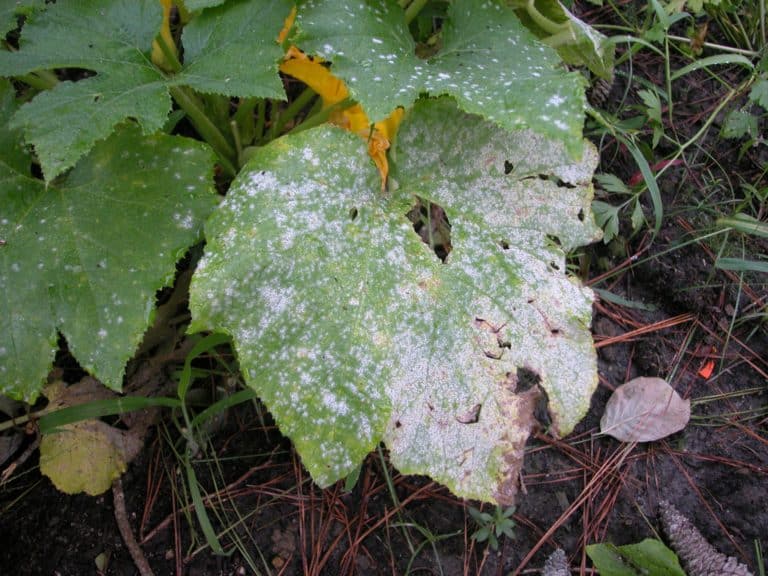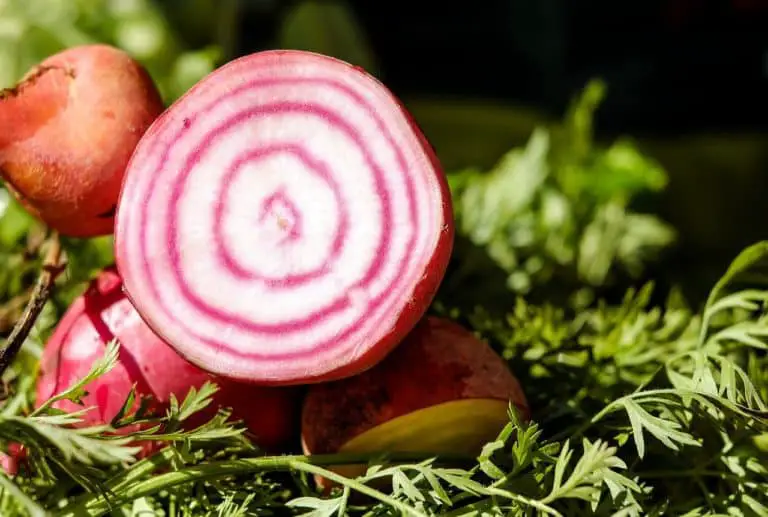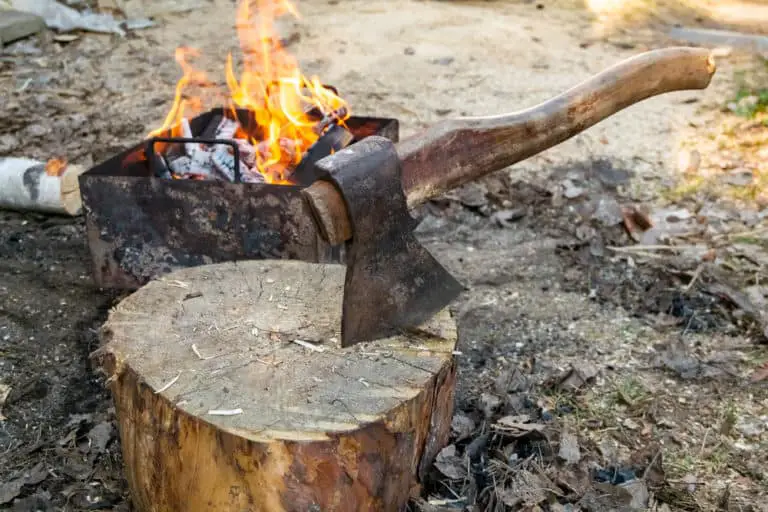Does Thicker Mulch Prevent Weeds? A Home Gardener’s Guide
Lots of folks wonder how to stop weeds in their tracks. They think stacking up a thick layer of mulch is the secret to a weed-free garden. But is that really the whole story? Or can a thinner layer of mulch work just as well? Dive in to discover the relationship between mulch and those annoying weeds, and see if adding more mulch really blocks the weeds more effectively.
Contents
Does thicker mulch prevent weeds?
The short answer is: no, thicker mulch does not necessarily prevent weeds. However, mulch can be an effective tool in the battle against weeds, especially if it is used in combination with other weed prevention strategies.
Many gardeners prefer to use mulch to help prevent weeds from taking over their flower beds. Mulch is a material, such as bark chips, compost, or straw, that is spread over the surface of the soil. It acts as a barrier between the soil and the air, helping to keep moisture in and preventing weed seeds from germinating.
While it’s true that a thick layer of mulch can smother small weed seedlings, it’s also important to remember that mulch breaks down over time. As it does, it becomes thinner and less effective at suppressing weeds. In addition, thicker mulches can sometimes create an ideal environment for weed seeds to germinate by trapping heat and moisture near the soil surface.
What is mulch?
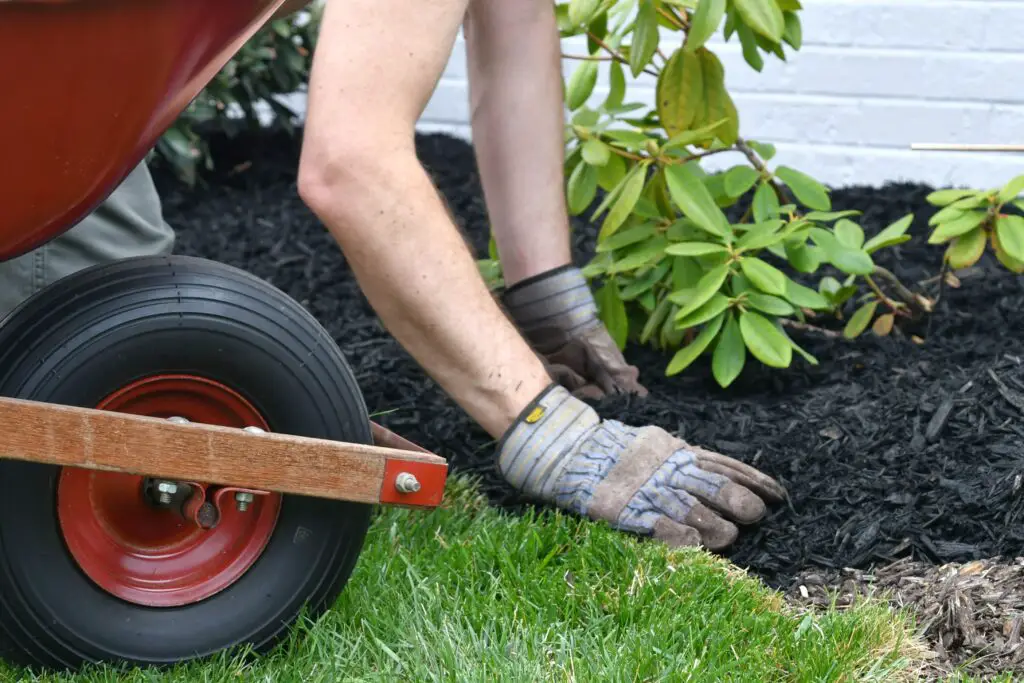
Mulch is any material that is spread or laid over the surface of soil to protect it from erosion, to keep the soil moist, or to provide nutrients. Common mulches include leaves, straw, wood chips, and bark. Landscapers often use mulch to accent plantings and to give gardens a tidy appearance. In addition to its aesthetic benefits, mulch also helps to suppress weed growth, reduce evaporation, and protect plants from extremes of temperature.
Mulch is typically applied in a layer two to four inches thick. It should be reapplied every year, or as needed to maintain an adequate depth. There are several different types of mulch available, so it is important to choose the right one for your garden. For example, bark mulch is good for preventing weed growth, while leaf mulch is ideal for adding nutrients to the soil.
What is the difference between thick and thin mulch?
The difference between thick and thin mulch is both to do with how coarse the components of the mulch are, and how deep the layer of mulch on the garden bed is. Thick mulch is more than three inches deep, while thin mulch is three inches deep or less.
Thick mulch is typically made from organic materials such as bark or wood chips, and it is applied in a layer that is at least two inches deep. This type of mulch is ideal for areas where weeds are a problem, as the thick layer helps to prevent them from taking root. In addition, thick mulch helps to retain moisture, making it ideal for use in drought-prone areas.
Thin mulch, on the other hand, is made up of smaller pieces of material, such as straw or shredded leaves. This type of mulch breaks down more quickly, so it needs to be replaced more often. However, it is easier to apply than thick mulch, and it does not require as much effort to spread evenly. Thin mulch is also less likely to blow away in windy conditions.
How do I keep weeds from growing in my mulch bed?
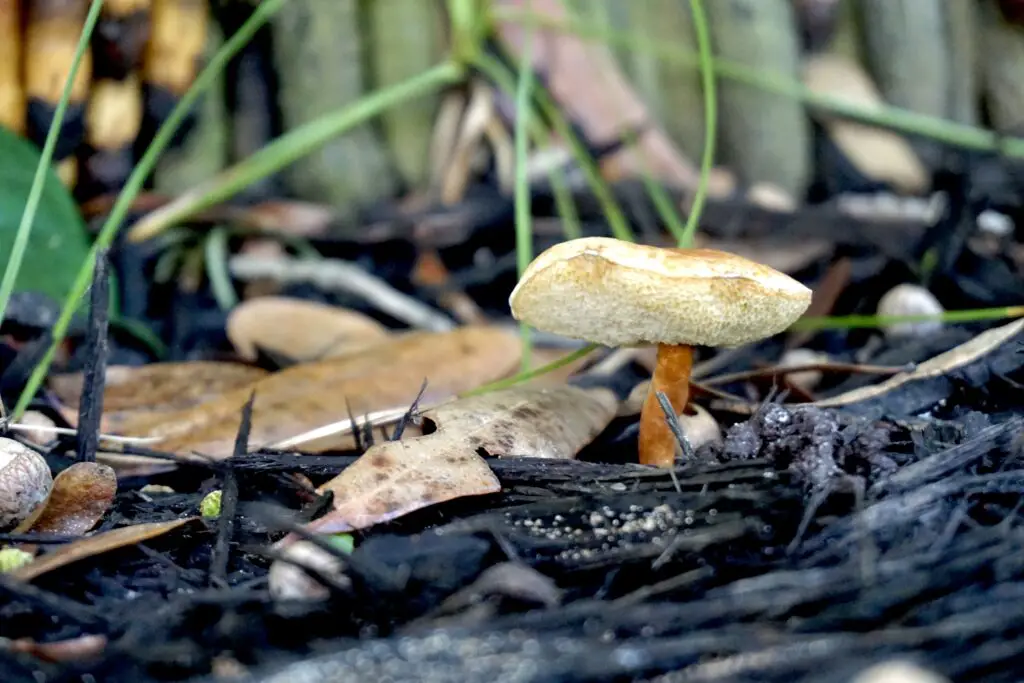
Weeds can easily take over a mulch bed if they are not controlled. Luckily, there are a few things you can to do help reduce the chances of weeds from growing in your mulch bed.
Before planting
If you have bare soil, keep weeds from germinating and growing in your mulch by using a pre-emergent herbicide. This type of herbicide prevents weed seeds from germinating, and it will also kill any young weeds that have already sprouted. Apply the pre-emergent herbicide before you spread the mulch, and then water it in according to the manufacturer’s instructions. You should also reapply the herbicide every few months to maintain its effectiveness.
Consider combining herbicide with a secondary weed prevention barrier. Consider using a material like black plastic or newspaper, which will block sunlight and prevent weed seeds from germinating. Be sure to secure the edges of the plastic or newspaper so that it does not blow away. A secondary barrier of these types of landscape fabrics will particularly help with perennial weeds.
After planting
If you already have a problem with weeds in your existing mulch bed, you can use a post-emergent herbicide to kill weeds. Be sure to follow the manufacturer’s instructions carefully when using herbicides, and always wear gloves and protective clothing to avoid coming into contact with the chemicals.
Killing weeds when you have other plants in your landscaped area can be tricky, so take your time to avoid affecting the roots of the plants you do not wish to kill. You’ll want to make sure existing weeds are dead before adding new mulch to the bed.
Tips for choosing a safe type of mulch that won’t cause harm to you or your pets
If you’re looking for a way to add some extra protection to your plants and gardens, mulch is a great option. But with so many different types of mulch available, it can be tricky to know which one is right for you. Here are a few tips to help you choose a safe and effective mulch for your needs:
- Avoid using treated wood chips or bark, as these can contain harmful chemicals that may leach into the soil.
- Stay away from recycled rubber tires or other synthetic materials, as these can release harmful toxins over time.
- Stick with organic options like bark, leaves, or grass clippings, which will break down safely and provide nutrients to your plants.
How thick should my mulch layer be?
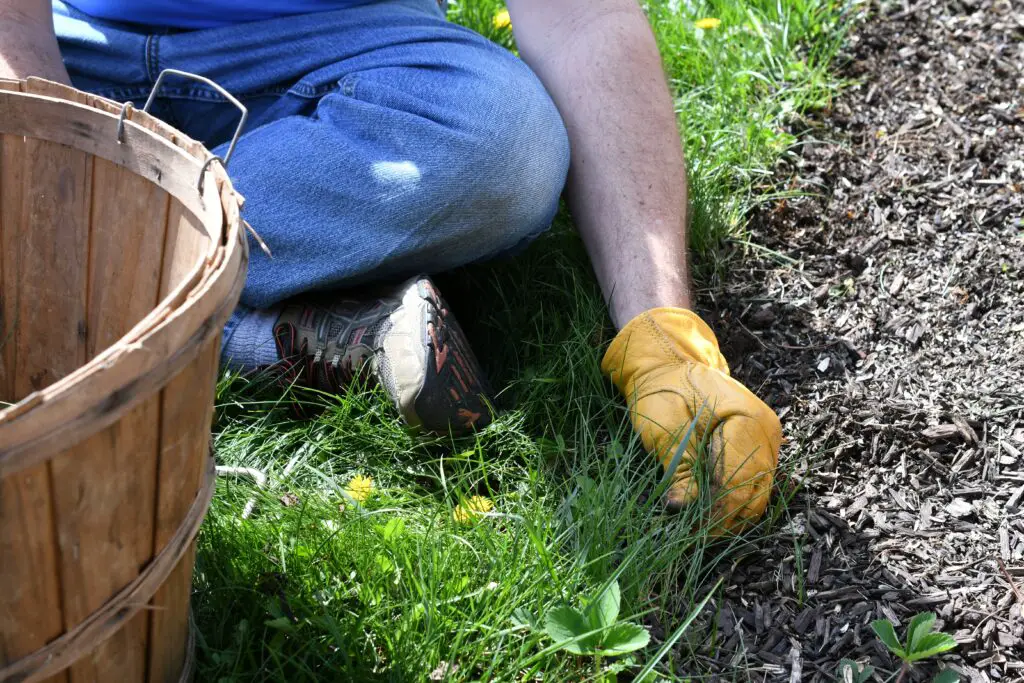
When it comes to applying mulch there is such a thing as too much of a good thing, and it will depend on the type of mulch you’re using. A layer that is too thick can actually do more harm than good. Mulch that is more than three inches deep can suffocate plant roots and prevent water and air from penetrating the soil. In addition, a thick layer of mulch can create an ideal environment for pests and diseases to thrive.
For these reasons, it is important to be mindful of the thickness of your mulch layer. A layer that is two to three inches deep should be sufficient for most applications. Particularly for organic mulches like wood chips or straw, a layer that’s 2-4 inches thick is ideal. Inorganic mulches like stones or gravel can be applied more thinly, since they don’t break down over time. No matter what type of mulch you choose, make sure to apply it evenly across your garden bed. Too much mulch can smother plants, while too little can leave them vulnerable to the elements.
In conclusion – consider the type of mulch and how you prepare your garden
The bottom line is that mulch, while not a perfect solution, can be helpful in preventing weeds from taking over your garden. For best results, use it in combination with other weed prevention strategies such as hand-weeding, herbicides, and covering bare spots with groundcover plants.
Mulch is a great way to give your garden a neat appearance and to suppress weed growth. However, it’s important to remember that mulch breaks down over time and needs to be replaced regularly. Choose the right type of mulch for your needs, and be sure to apply it at the proper thickness to prevent problems. With a little care and attention, you can keep your garden looking neat and tidy all season long.
